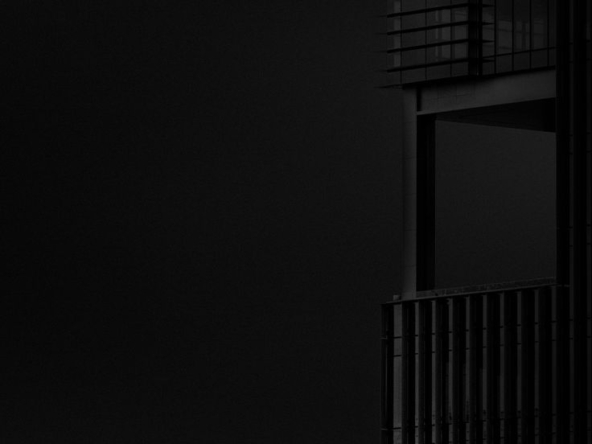_________________________________________________________________________________________
The commercial real estate landscape is a dynamic realm, intricately woven into the fabric of economic trends. As the global economy experiences fluctuations, the commercial real estate sector undergoes a transformative journey that shapes its trajectory. In this blog, we will explore the nuanced interplay between economic shifts and their profound impact on the commercial real estate market.
The Symbiotic Dance: Economy & Commercial Real Estate
Commercial real estate, comprising office spaces; retail establishments, industrial facilities, and more, is profoundly influenced by the ebbs and flows of the broader economy. Understanding this symbiotic relationship is crucial for stakeholders in the industry, from property developers and investors to tenants and policymakers.

Commercial Supply & Demand Dynamics:
Economic fluctuations have a direct impact on the supply and demand dynamics within the commercial real estate market. During periods of economic expansion, businesses thrive, leading to an increased demand for office spaces, retail storefronts, and industrial facilities. Conversely, economic contractions often result in businesses downsizing, leading to a surplus of available commercial properties. This delicate balance between supply and demand shapes rental rates, property values, and overall market stability.
Commercial Interest Rates & Financing:
One of the most significant economic factors influencing commercial real estate is the prevailing interest rates. When interest rates are low, borrowing becomes more affordable, encouraging businesses to expand and invest in new properties. Conversely, higher interest rates can increase the cost of financing, potentially slowing down property acquisitions and development projects. The ebb and flow of interest rates thus play a crucial role in shaping the accessibility and liquidity of capital within the commercial real estate sector.
Consumer Spending & Retail Spaces:
The retail sector is particularly sensitive to consumer spending patterns, which, in turn, are closely tied to economic conditions. During economic upswings, consumers tend to have more disposable income, driving increased foot traffic in retail spaces. Conversely, economic downturns may lead to reduced consumer spending; impacting the retail sector and influencing vacancy rates in shopping centers and malls.
Remote Work Trends & Office Spaces:
The global shift towards remote work, accelerated by the COVID-19 pandemic, has introduced a new dimension to the economic impact on commercial real estate. As businesses reassess their office space needs in the wake of widespread remote work adoption; the demand for traditional office spaces has evolved. Some companies are downsizing their office footprints; opting for flexible work arrangements, while others are embracing hybrid models that combine remote and in-office work. This shift has significant implications for the office space sector, with potential effects on leasing demand, property values, and the overall configuration of office spaces.
Logistics & Industrial Real Estate:
E-commerce’s exponential growth, fueled by changes in consumer behavior and technological advancements, has elevated the importance of industrial real estate. The demand for warehouses, distribution centers, and last-mile delivery facilities has surged, driven by the need for efficient logistics in the e-commerce supply chain. Economic trends that influence online shopping habits, such as consumer confidence and disposable income, directly impact the demand for industrial real estate in strategic locations.
Adaptability & Resilience:
While economic shifts present challenges, the commercial real estate sector has shown a remarkable ability to adapt and evolve. The resilience of this market lies in its capacity to respond to changing economic conditions, embracing innovation and reimagining spaces to meet emerging needs. For example, the rise of mixed-use developments that combine residential, commercial, and recreational spaces reflects the industry’s adaptability in the face of evolving economic trends.

In the intricate dance between the economy and commercial real estate, stakeholders must remain vigilant, equipped with insights into economic trends and an understanding of the market’s adaptability. Economic shifts bring both challenges and opportunities, and successful navigation of these dynamics requires a proactive and strategic approach. As we continue to witness the evolution of global economies, the commercial real estate sector stands as a resilient and ever-transforming entity, ready to embrace the future with resilience and innovation.





